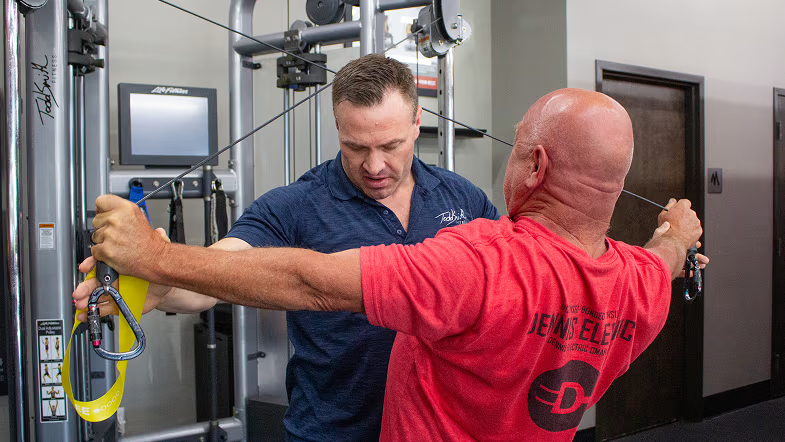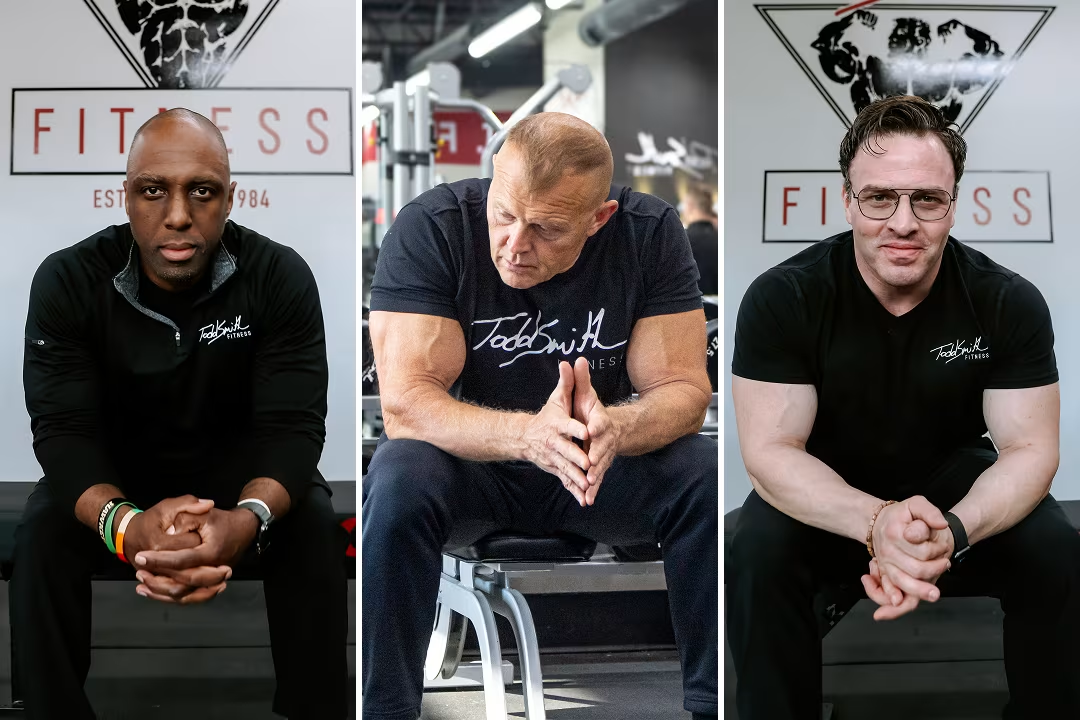Aging is often viewed as a slow, predictable decline, a steady loss of strength, energy, and function over time. But research shows this isn’t how aging truly works.
Instead, aging unfolds through discrete catabolic events - injuries, illnesses, and stressors that accelerate muscle loss and weaken the body’s resilience. Each crisis creates a turning point: the ability to recover and return to full strength depends largely on the muscle reserves built beforehand.
This makes muscle not just a marker of youth or fitness, but one of the most critical determinants of healthy aging.
Muscle: The Cornerstone of Metabolic and Functional Health
Skeletal muscle is far more than a tissue responsible for movement. It is the body’s largest endocrine organ, influencing metabolism, hormonal balance, glucose regulation, and even immune response.
Studies have repeatedly shown that greater muscle mass correlates with:
- Improved insulin sensitivity and reduced risk of type 2 diabetes
- Lower incidence of cardiovascular disease
- Enhanced cognitive function and mental well-being
- Reduced all-cause mortality
Conversely, sarcopenia - the age-related loss of muscle - is one of the strongest predictors of frailty, falls, and early mortality in older adults. By age 50, the average person loses 1–2% of muscle mass each year if not countered by resistance training.
The Role of Resistance Training in Healthy Aging
Unlike cardiovascular exercise, which primarily benefits the heart and lungs, resistance training directly addresses the root cause of age-related decline: muscle loss.
Research from the Journal of Gerontology and The Lancet Healthy Longevity confirms that individuals who engage in regular strength training experience significantly:
- Slower rates of muscle and bone loss
- Improved metabolic health and hormonal balance
- Better mobility, balance, and independence
- Enhanced quality of life and lifespan
Moreover, muscle acts as a metabolic reserve during periods of stress or illness. In times of injury, infection, or surgery, muscle provides the amino acids necessary for immune function and tissue repair — a biological buffer that protects long-term health.
How Muscle Influences Biological Age
Chronological age - the number of years lived - tells little about actual vitality.
Biological age, reflected by metabolic and functional capacity, is far more predictive of lifespan and quality of life. Muscle plays a decisive role here: individuals with higher lean mass and strength exhibit younger biological profiles and reduced markers of inflammation and oxidative stress.
In short, muscle keeps the body younger, longer. It slows cellular aging, stabilizes metabolism, and protects against the degenerative diseases that often define the later decades of life.
Why Midlife Matters Most
The 40s through 60s represent the most influential years in determining how one will age.
This is when natural anabolic hormones like testosterone, growth hormone, and IGF-1 begin to decline, and when muscle maintenance becomes both more difficult and more essential.
Without deliberate strength training, this period can trigger a steady downward spiral in strength, bone density, and metabolic function.
But with a structured resistance program, it’s possible not only to preserve muscle but to build new muscle well into later adulthood. The adaptive capacity of muscle tissue does not vanish with age, it simply requires consistent stimulus and recovery.
Practical Foundations for Lifelong Strength
Building resilience against aging doesn’t require complicated systems — it requires consistency.
Key principles include:
- Train with intensity and progression.
Focus on multi-joint lifts, progressive overload, and proper form. - Prioritize protein and recovery.
Aim for 1.2–1.6g of protein per kg of body weight daily, with adequate sleep and recovery. - Stay metabolically active.
Include aerobic work to support cardiovascular and mitochondrial health. - Monitor biomarkers.
Regular check-ins with health professionals help track inflammation, hormone levels, and metabolic markers.
Strength is built deliberately — and maintained through a system, not motivation alone.
The Takeaway: Strength Is a Choice
Aging is inevitable. But the trajectory of aging - whether one experiences decline or vitality - is largely shaped by muscle.
Every rep, every workout, and every act of resistance training is an investment in future independence, confidence, and longevity.
Muscle is the foundation of healthspan.
It’s not just about looking fit, it’s about staying capable, energetic, and alive for decades to come.








